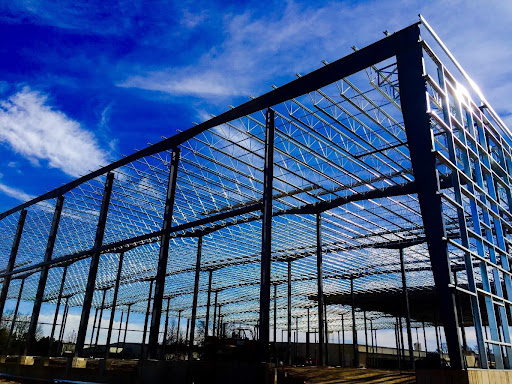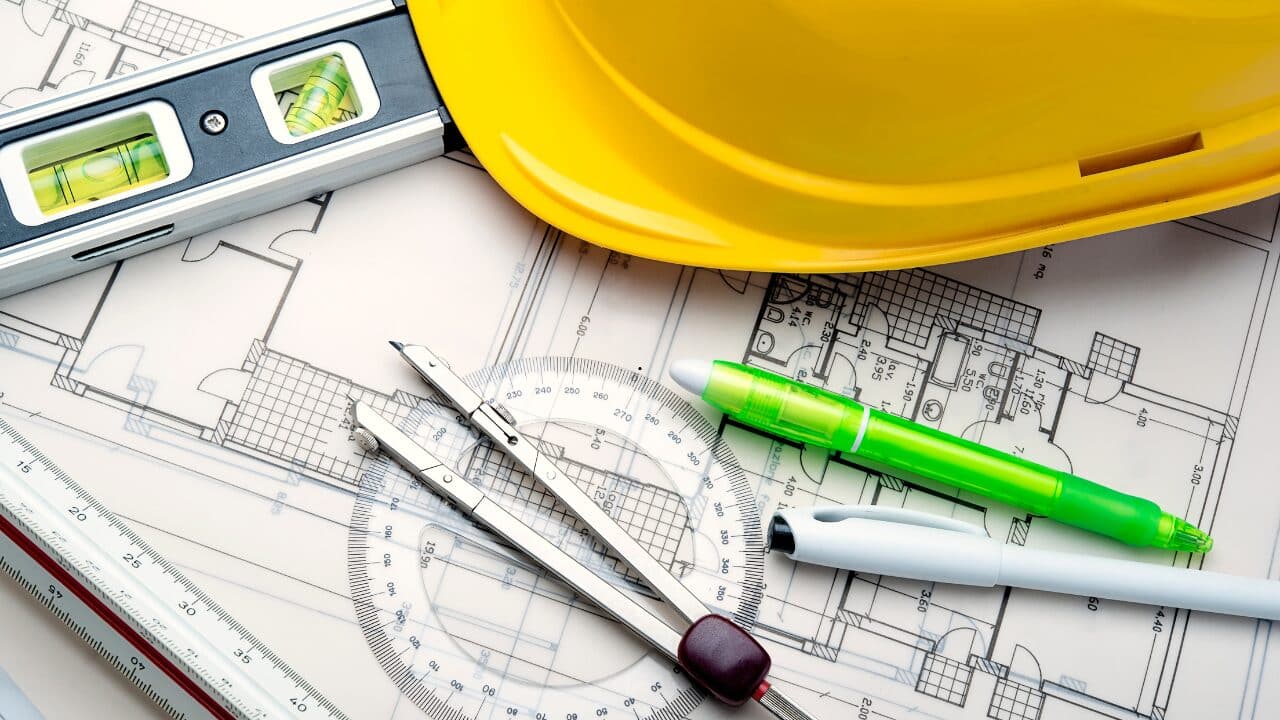In the ever-evolving world of construction, the quest for efficiency and versatility remains paramount. Steel buildings, with their robust and adaptable nature, have emerged as a superior choice for a range of applications, thanks to advancements in design and manufacturing processes.
From warehouses to workshops and beyond, pre-engineered steel buildings offer a solution that combines durability, flexibility, and cost-effectiveness. This blog delves into the various potential uses of steel buildings and explores how efficient design and manufacturing can enhance their value and functionality.
Table of Contents
The Modern Steel Building Revolution
Steel buildings have undergone significant transformation over the years. Traditionally, steel structures were primarily used in industrial settings, valued for their strength and durability. Today, pre-engineered steel buildings (PEMBs) are celebrated for their adaptability and aesthetic potential, making them a popular choice for various applications.
The modern approach to designing and manufacturing steel buildings involves advanced technology and innovative practices that streamline the process, reduce costs, and enhance the overall quality of the structures. This efficiency in design and manufacturing is key to unlocking the full potential of steel buildings across different uses.
Versatile Applications of Steel Buildings
1. Commercial Warehouses
Steel buildings are an excellent choice for commercial warehouses due to their ability to provide large, open spaces without the need for internal support columns. This design flexibility allows for efficient storage and easy movement of goods. With features like high ceilings and large door openings, steel warehouses can accommodate a wide range of inventory and equipment.
Efficient design and manufacturing processes ensure that these warehouses are not only functional but also cost-effective. Modular designs and pre-fabricated components reduce construction time and costs, while customizable features allow businesses to tailor the space to their specific needs.
2. Industrial Facilities
For industrial facilities that require durability and resilience, steel buildings are a top choice. They offer the strength needed to withstand harsh environmental conditions and heavy operational demands. Steel structures can be designed to include specialized features such as ventilation systems, loading docks, and reinforced floors.
The efficiency in manufacturing steel components ensures that industrial facilities are built to exact specifications, reducing the risk of costly delays and ensuring that the facility meets all operational requirements.
3. Retail Spaces
Retail spaces benefit from the versatility and modern design options available with steel buildings. From sleek, contemporary storefronts to large retail centers, steel structures can be customized to reflect the brand and attract customers. The flexibility of steel allows for innovative architectural designs, including glass facades, unique shapes, and eye-catching details.
Pre-engineered steel buildings can also be designed with energy-efficient features, such as insulated panels and reflective coatings, to enhance the comfort of the retail environment and reduce operating costs.
4. Agricultural Buildings
Agricultural applications have long been a staple for steel buildings, thanks to their ability to provide expansive and durable structures for farming operations. Whether it’s a barn, equipment shed, or storage facility, steel buildings offer the strength and low maintenance required for agricultural use.
Efficient design and manufacturing processes ensure that agricultural buildings are not only functional but also designed to handle the specific needs of farming operations. Customizable features like large entry doors, ventilation systems, and specialized flooring options enhance the usability of these buildings.
5. Recreational Facilities
Steel buildings are increasingly being used for recreational facilities such as sports complexes, gyms, and community centers. The open-span design of steel structures allows for large, unobstructed interiors, making them ideal for sports and fitness activities.
The efficiency in manufacturing steel buildings ensures that these recreational facilities can be built quickly and to high standards, providing communities with valuable spaces for exercise, sports, and social events.
6. Residential Spaces
The versatility of steel buildings extends to residential applications as well. From modern homes to stylish guest houses and secondary structures, steel buildings offer a range of design possibilities. The use of steel allows for innovative architectural designs and efficient use of space.
Efficient design and manufacturing processes ensure that residential steel buildings meet high standards of quality and aesthetics. Customizable features like decorative panels, unique roofing options, and energy-efficient systems enhance the livability and appeal of these structures.
Efficient Design and Manufacturing: Key Considerations
Advanced Design Technologies
The design phase of steel buildings benefits from advanced technologies such as computer-aided design (CAD) and building information modeling (BIM). These technologies allow for precise planning, visualization, and simulation of the building, ensuring that all components fit together seamlessly.
By leveraging these technologies, designers can create efficient and cost-effective structures that meet the specific needs of the client. The result is a building that not only performs well but also looks great.
Pre-Fabrication and Modular Construction
Pre-fabrication and modular construction are key components of efficient steel building manufacturing. Components are manufactured off-site and then assembled on-site, reducing construction time and minimizing disruption. This approach also allows for better quality control and reduces the risk of errors.
The modular nature of steel buildings means that they can be expanded or modified in the future if needed. This flexibility makes steel buildings a long-term investment that can adapt to changing needs.
Sustainability and Energy Efficiency
Modern steel buildings are designed with sustainability in mind. Energy-efficient features such as insulated panels, reflective coatings, and advanced HVAC systems help reduce energy consumption and lower operating costs. Additionally, steel is a recyclable material, contributing to the building’s overall environmental benefits.
Efficient design and manufacturing practices ensure that these sustainability features are seamlessly integrated into the building, enhancing both its performance and environmental impact.
The Future of Steel Buildings
Pre-engineered metal buildings have proven themselves as a versatile and efficient choice for a wide range of applications. From commercial warehouses and industrial facilities to residential spaces and recreational centers, steel buildings offer a combination of durability, flexibility, and cost-effectiveness.
The advancements in design and manufacturing technologies have further enhanced the value of steel buildings, allowing for customized solutions that meet specific needs and preferences.
For more information on how steel buildings can be designed and manufactured efficiently for your project, visit Armstrong Steel. Their expertise and range of options can help you unlock the full potential of steel buildings and achieve your construction goals.
Embrace the future of construction with pre-engineered metal buildings and discover how efficient design and manufacturing can transform your property.





